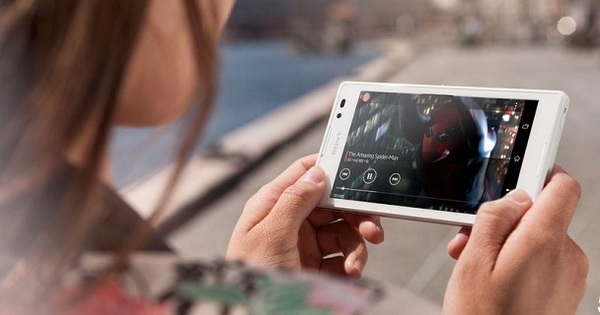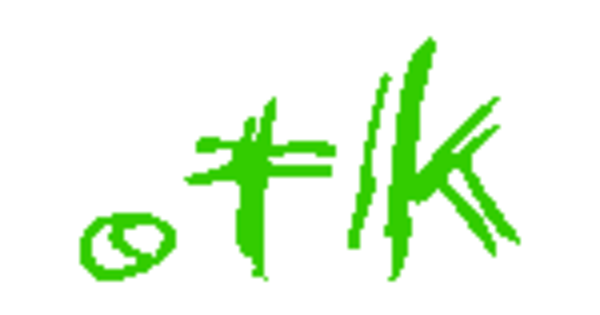The TomTom Touch is a fitness bracelet that is very similar to the Fitbit Charge HR. Uniquely, it can measure your body composition, in addition to standard measurements such as heart rate, steps and sleep. But is it also a better companion for a sportier and healthier lifestyle?
TomTom Touch
Price: € 149,-
Colour: Black
Sizes: small, large
OS: iOS, Android
Other: Pedometer, sleep analysis, muscle and fat percentage, heart rate
Website: www.tomtom.com
5 Score 50
- Pros
- Comfortable
- Measure body composition
- Negatives
- Battery life
- heart rate monitor
- app
- 15 apps to get fit using your smartphone 05 October 2020 16:10
 Polar Unite - To measure is to know 15 August 2020 12:08
Polar Unite - To measure is to know 15 August 2020 12:08  Polar Grit X: Sport like a pro May 25, 2020 09:05
Polar Grit X: Sport like a pro May 25, 2020 09:05
It is quite special that I have been able to write this review. Several times I have forgotten or almost lost the TomTom Touch. The rubber bracelet closes with a push button that easily releases, so that I felt it slide off my arm several times or woke up in the morning with a fitness tracker next to the bed, which regularly led to testing the sleep analysis. Impractical for testing purposes of course, but a serious drawback. After all, you don't want to lose your 150 euro bracelet.
Despite that, the TomTom Touch is comfortable. The rubber strap does not feel stiff and does not irritate when you are enthusiastically exercising. In addition, the device is waterproof. As the owner of a flooded Fitbit Charge HR, I can fully endorse how important that is for a fitness wearable.
You click the electronics of the TomTom Touch in and out of the rubber band, as it were. When you have removed it from the strap, you can charge the device via a micro-USB connection.


Forget?
A fitness tracker should encourage you to be active, with exercise goals and data to go that extra mile. However, with the TomTom Touch I regularly forgot that I was wearing it, because it is actually a very passive device. You have to press the touch button to see the time (the screen does not turn on with a wrist rotation), you have to start activities manually, as well as the measurement of your body fat percentage and heart rate.
The same goes for the app, it just gives some of the collected data. But there is really nothing more. I don't even get a notification when the battery of the TomTom Touch is almost empty, so that during the test period I even spent a whole day with a wearable on my arm that was switched off because the battery was empty. Speaking of the battery, it lasts about two, at most three days. Not really impressive staying power unfortunately.
I spent a day with a wearable on my arm that was turned off because the battery was empty.Active
Of course you want a wearable that encourages you more and can do more yourself. For example, by giving a signal if you have been sitting still for too long. Or automatically start the registration when you start a sporting activity. But the heart rate measurement is not continuous either. For example, only your resting heart rate is measured, but they remain snapshots. You do not see well enough how it builds up and breaks down and that is precisely the really valuable data.
The app is unfortunately also quite minimal. Some graphs, some numbers. It is unfortunately not more. For a more detailed (long-term) view of the collected data, please visit the TomTom mysports website. That's drowsy. You are not really coached and you cannot really challenge yourself with movement objectives in the app. In that regard, TomTom can learn a lot from the app that Fitbit offers with its wearables.


Accurate
It is of course striking that in addition to the heart rate and the steps, the body fat and muscle percentage can also be measured. You can of course question whether that is even decently possible with a bracelet. I therefore compared the data with the data from an advanced scale at the sports physiotherapist. The data corresponded reasonably well, the body fat percentages of the TomTom Touch were a bit too low and the muscle mass was a bit too high. The results of the measurements also vary considerably. But still, for a simple sensor in a bracelet it's not that bad.
However, the heart rate monitor is slightly less accurate. Because I tested several fitness trackers and had a Fitbit heart rate monitor (until I jumped into the sea with it over-enthusiastically), I have a pretty good idea of how my tick is behaving. However, the TomTom's meter regularly registered my heart rate too low. And now I don't have the highest heart rate at rest, but the TomTom registered only 39 beats per minute at one point. If that had really been the case, all alarm bells should have gone off with such a heart rhythm.
The pedometer is quite accurate, as is the sleep analysis, but it is only limited to the number of hours slept. This data cannot be exported to other services such as Google Fit or Apple Health.

Conclusion
As you may have read, I ran into a lot of unexpected glitches during the test period and didn't really feel coached to kick myself off the bench. Considering that the TomTom Touch also costs another 150 euros, about the same price as the Fitbit Charge 2. Then the latter is a much more logical choice. The addition of a body composition sensor and waterproof housing doesn't change that.
 Polar Unite - To measure is to know 15 August 2020 12:08
Polar Unite - To measure is to know 15 August 2020 12:08  Polar Grit X: Sport like a pro May 25, 2020 09:05
Polar Grit X: Sport like a pro May 25, 2020 09:05 
